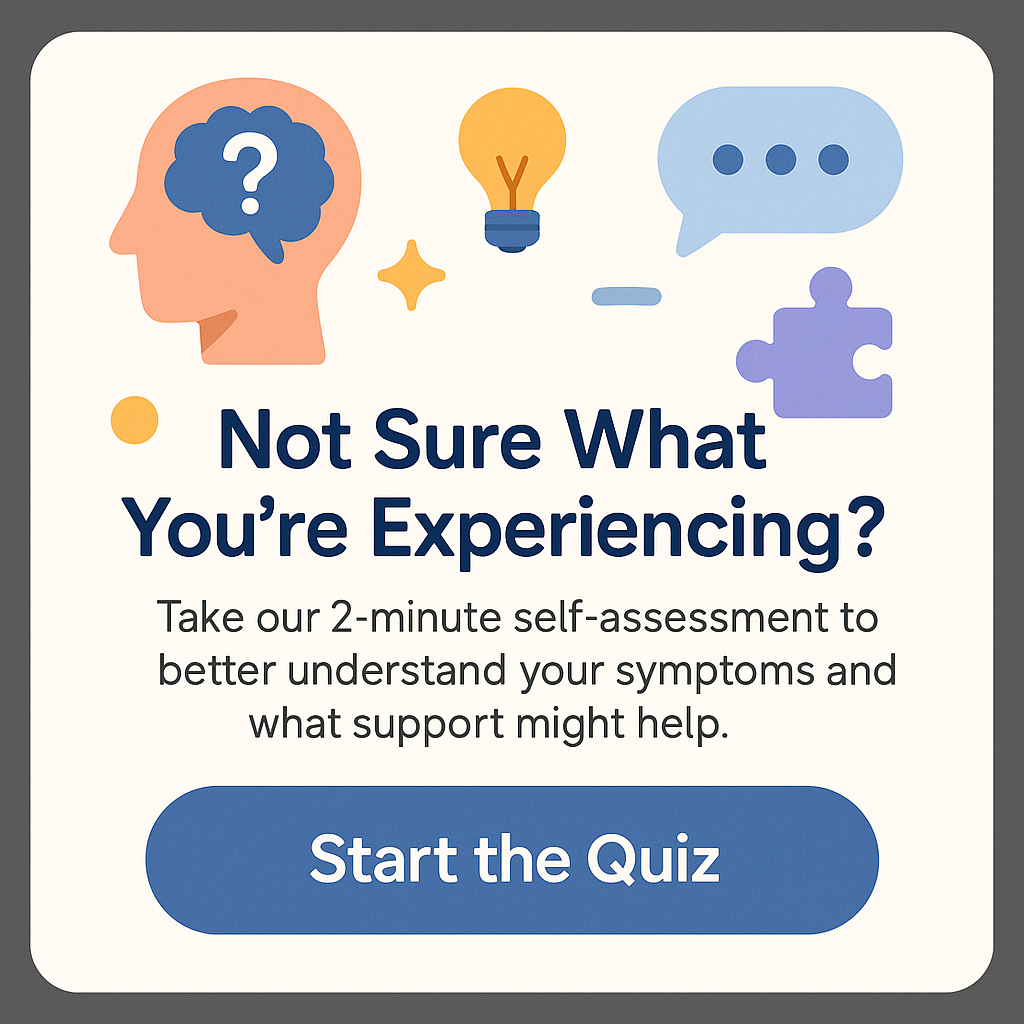Is Autism a Disability or Mental Illness?
Is autism a disability or mental illness? This question has sparked myriad debates within medical, educational, and social communities. As the understanding of autism spectrum disorder (ASD) evolves, so do the definitions and implications tied to the term. In recent years, the increasing visibility and representation of autistic individuals have shed light on their unique experiences and contributions. The divergence in opinions regarding whether autism qualifies as a disability or a mental illness leads to numerous layers of complexity worth untangling. This article seeks to thoroughly explore these facets, aiming to answer the burning question: Is autism a disability or mental illness?
Understanding Autism Spectrum Disorder
To address is autism a disability or mental illness?, we first need to grasp what autism is. Autism Spectrum Disorder (ASD) is a neurodevelopmental condition that affects how individuals perceive and interact with the world around them. It frequently manifests in challenges related to social communication and behavior, alongside distinct strengths and perspectives.
The term ‘spectrum’ highlights the wide range of symptoms and challenges that vary significantly from person to person. Some individuals may require substantial support throughout their lives, while others may lead largely independent lives with minimal assistance. The individual experiences of those on the autism spectrum exemplify the complexity of this condition, emphasizing that no two individuals with autism are entirely alike.
Many parents, educators, and healthcare providers have faced the struggle of creating suitable accommodations and supports for individuals with autism. While early intervention strategies can significantly aid in communication and social interaction, the ‘is autism a disability or mental illness?’ debate complicates how interventions are framed and implemented.
Moreover, society often views autism through a reductive lens. The terms ‘disability’ and ‘mental illness’ carry heavy stigmas, leading to potential misrepresentations. Thus, understanding autism requires a nuanced and respectful approach that acknowledges these distinctions, emphasizing individual capabilities and experiences over labels that could constrain personal growth and potential.
Defining Disability in the Context of Autism
When considering whether autism is a disability, it’s crucial to understand the World Health Organization’s definition of disability. According to the WHO, disability is a condition resulting from the interaction between individuals with a health condition and the contextual factors in their environments. Within this framework, autism can indeed qualify as a disability for some individuals who require additional support because of the impact of their condition on functioning.
Many individuals with autism face challenges that can affect their daily lives, including difficulties in social situations, sensory sensitivities, and communication hurdles. These challenges can impede their ability to engage in conventional social interactions, resulting in feelings of isolation or misunderstanding. Hence, a significant number of advocates and families argue that autism should be recognized as a disability because it can limit an individual’s functioning in various domains.
However, the perspective on disability significantly varies across different sectors of society. Educational institutions, for example, often provide resources and accommodations for students with autism, acknowledging their unique learning styles. In these environments, autism is treated as a spectrum condition demanding individualized strategies that cater to each student’s needs. These strategies may include alternative communication methods, sensory-friendly environments, and specialized teaching approaches.
Critically, while some people may experience autism as a disability requiring extensive support, others might view it as simply a different way of being that enhances human diversity. The disability framework, therefore, can empower individuals receiving the accommodations and societal frameworks they require to thrive, yet this very definition can also highlight the disparities they must navigate in mainstream culture.
Autism as a Mental Health Concern
Another aspect worth evaluating in the ‘is autism a disability or mental illness?’ debate is the potential for co-occurring mental health issues. Many people with autism experience additional mental health challenges, such as anxiety disorders, depression, or ADHD. These co-occurring conditions complicate the understanding and treatment of autism. From this viewpoint, autism could be seen as interconnected with mental health rather than a mental illness in itself.
Mental illness refers to a health condition that significantly disrupts a person’s daily functioning and quality of life. Autism itself, in its pure form, does not neatly fit within this definition, as many individuals on the spectrum lead fulfilling, productive lives despite their challenges. Instead, it can often be beneficial to separate autism from the label of ‘mental illness’ and focus on the mental health concerns that may arise in conjunction with it.
For instance, many autistic individuals experience heightened anxiety in social situations or stress related to sensory overload. Addressing these mental health concerns can significantly enhance the lives of people with autism. Therefore, when we engage with the question of whether autism is a disability or a mental illness, it’s essential to dissect the difference between living with autism and the mental health challenges that may accompany it.
Furthermore, many advocates for neurodiversity encourage reframing how we consider mental health in the context of autism, promoting a strengths-based approach. This perspective values the unique contributions of autistic individuals, guiding discussions around mental health toward understanding their emotional experiences rather than merely labeling them as disorders. This shift in perspective presents autism as a rich tapestry of characteristics and traits rather than a singular identity defined by disability or illness.
The Social Model vs. Medical Model: Different Perspectives on Autism
To truly address is autism a disability or mental illness?, we can look at two prevailing frameworks: the medical and social models. The medical model frames autism as a disorder needing treatment and intervention. This model often emphasizes the difficulties associated with autism, which leads many people to categorize it strictly as a disability or illness.
In this model, solutions often focus on finding ways to ‘fix’ the individual with autism to help them function within a predominantly neurotypical society. This viewpoint can contribute to stigma, as it inadvertently positions autistic individuals as ‘broken’ or in need of repair, rather than acknowledging their unique perspectives.
In contrast, the social model presents autism as a difference, emphasizing how societal barriers often impede the acceptability and inclusion of autistic individuals. This model asserts that society itself creates a disabling environment through rigid expectations and lack of understanding. For instance, communication styles and social norms might not align with autistic behaviors that may appear unconventional, which ultimately creates a barrier to inclusivity.
Advocates of the social model promote increased awareness and acceptance of neurodiversity, arguing that society must adapt to accommodate various ways of being rather than expecting neurodiverse individuals to conform. This mindset celebrates the strengths of being autistic and acknowledges that the real disability stems not from the individual’s condition but from societal prejudice.
Ultimately, engaging with the question, is autism a disability or mental illness?, highlights the limitations of strict categorizations. The binary nature of disability versus mental illness is often inadequate in capturing the rich nuances of the autistic experience.
The Impact of Language and Societal Perception
Language also plays a pivotal role in how autism is perceived. Terms such as “disability,” “disorder,” and “mental illness” carry varying connotations and societal weights. While some prefer identity-first language (such as “autistic individual”), others advocate for person-first language (such as “individual with autism”). The choice of terminology influences how people conceptualize autism, shaping societal attitudes, expectations, and individual self-identity.
Additionally, the media portrayal of autism can reinforce or challenge stigma. Positive representation can demystify autism and foster acceptance, while negative or sensationalized portrayals can perpetuate misunderstandings and fear. Moreover, narratives often emphasize deficits rather than celebrating the rich diversity of perspectives brought by autistic individuals.
When answering the question of is autism a disability or mental illness?, it’s essential to consider how terminology affects individuals’ identities and self-perceptions. Engaging in conversations that respect each individual’s preference and lived experiences fosters a more inclusive environment that acknowledges autism’s complexities.
Through expanding societal understanding and acceptance, we can create spaces that empower autistic individuals to thrive, regardless of whether one frames autism as a disability or as a broader category of neurodiversity.
Conclusion
The question of whether autism is a disability or mental illness presents an intricate challenge, reflecting the multifaceted nature of the autism spectrum. While autism can undoubtedly be a disability in certain contexts, it is fundamentally a unique way of experiencing the world that doesn’t inherently dictate any limitations on potential and capability. Moreover, as society continues to embrace neurodiversity and prioritize acceptance and understanding, discussions about autism should center on individual experiences rather than restrictions dictated by labels.
Ultimately, the path forward lies in fostering collaboration, understanding, and support rather than divisive rhetoric surrounding disability and mental health. Recognizing that being autistic represents a spectrum of experiences can facilitate greater societal inclusion and promote the strengths and talents of autistic individuals.
So, in navigating the complexities tied to the question of is autism a disability or mental illness?, let’s focus on cultivating communities that empower every individual to express their authentic selves and thrive in their unique capacities.
FAQs
1. Is autism classified as a disability?
Yes, autism can be classified as a disability, particularly when it impacts daily functioning and requires additional support. However, it is essential to recognize that autism exists on a spectrum, and experiences vary widely among individuals.
2. Can autism be classified as a mental illness?
No, autism itself is not a mental illness. However, individuals with autism may experience co-occurring mental health challenges such as anxiety or depression, complicating their overall health experience.
3. How does the social model relate to autism?
The social model views autism as a difference rather than a disorder that needs to be fixed. It emphasizes the need for society to adapt to accommodate diverse ways of being rather than expecting individuals with autism to conform to neurotypical norms.
4. What is neurodiversity?
Neurodiversity is the concept that neurological differences, including autism, are a natural part of human variation. It promotes acceptance and encourages society to adapt to support individuals with differences rather than trying to change them.
5. How can society better support individuals with autism?
Society can better support individuals with autism by embracing neurodiversity, promoting inclusion, providing necessary accommodations, and fostering understanding through education and awareness initiatives.
Is it Autism or ADHD? Understanding the Differences and Similarities
What are the Three Main Symptoms of Autism?
How Do I Tell If I’m Autistic? Understanding the Signs and Next Steps







